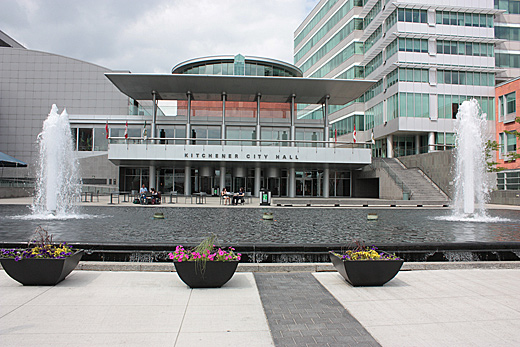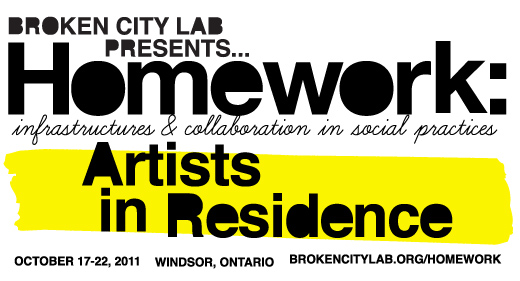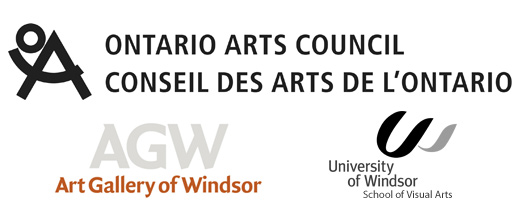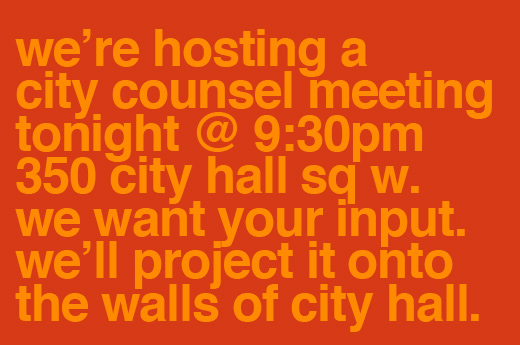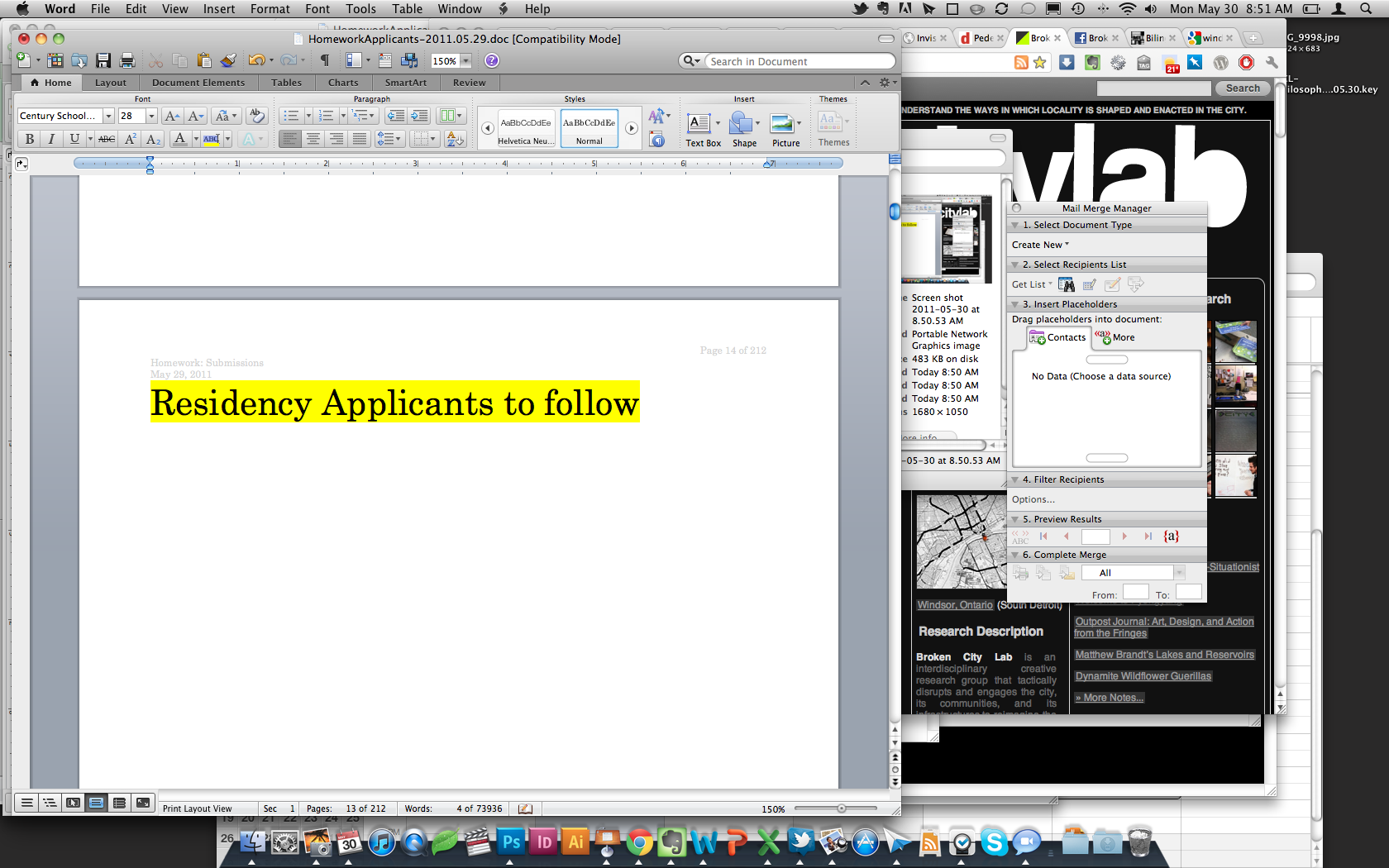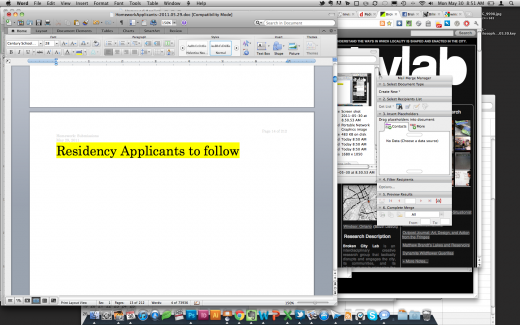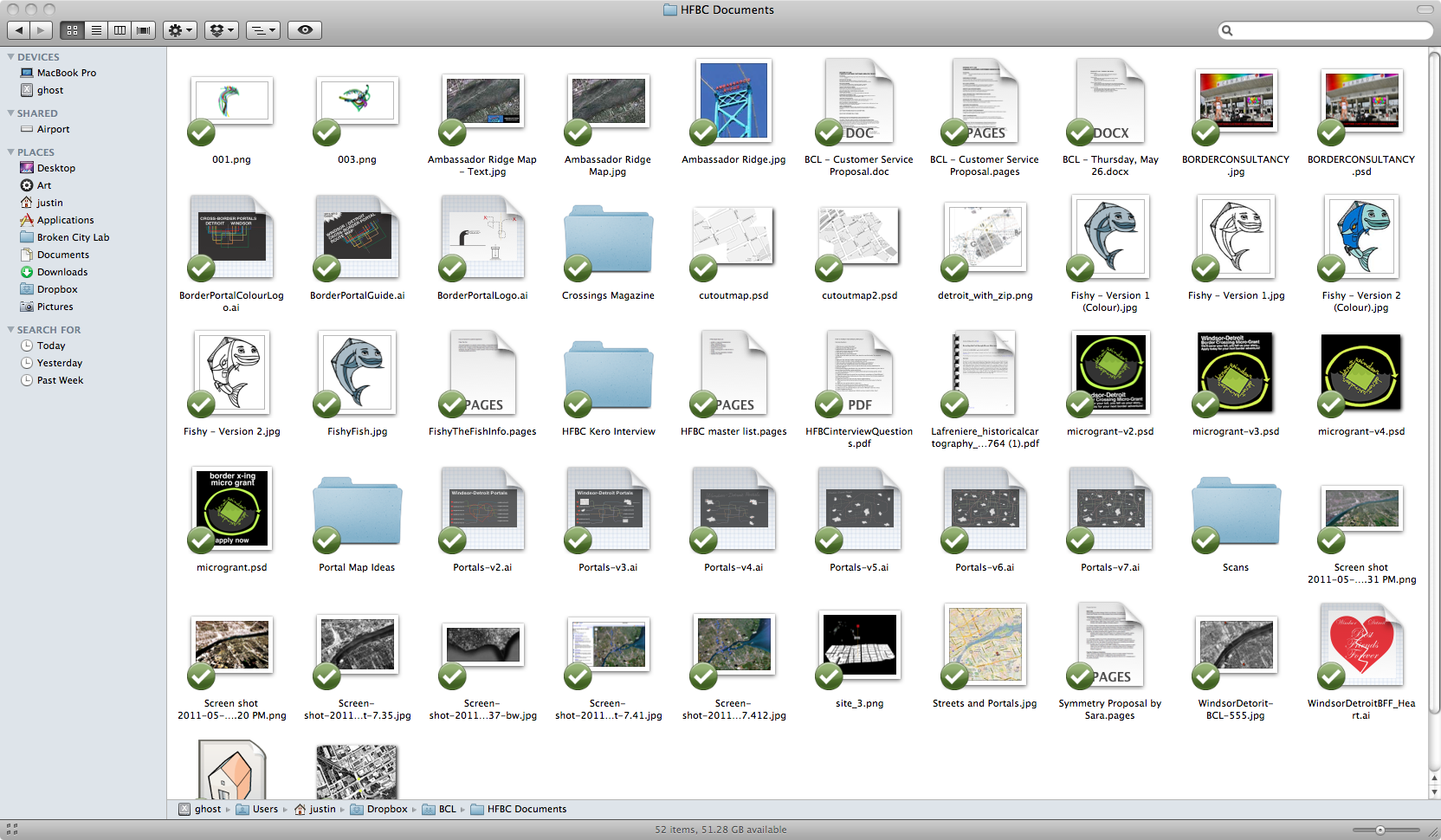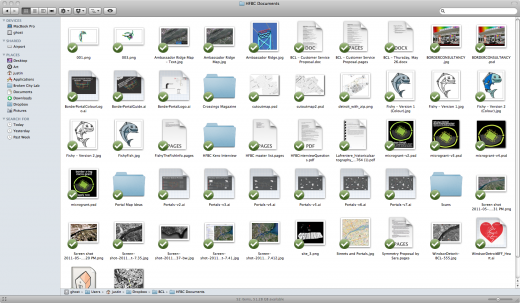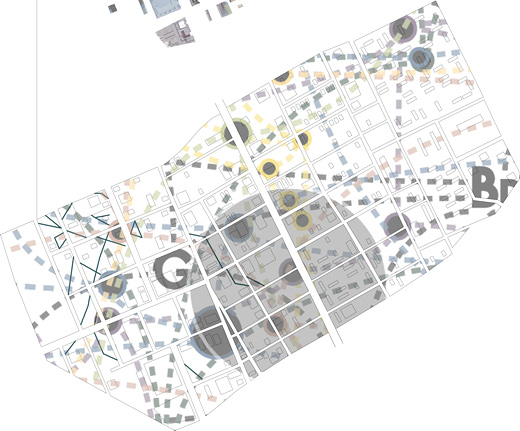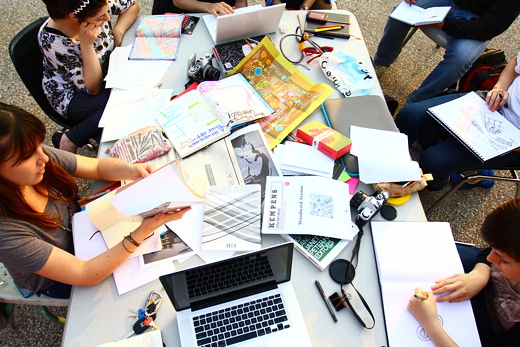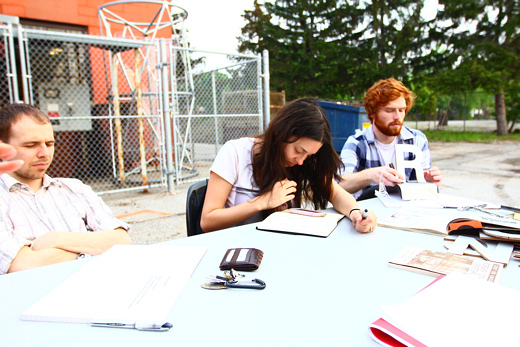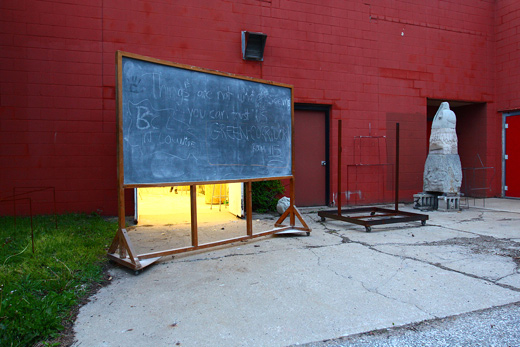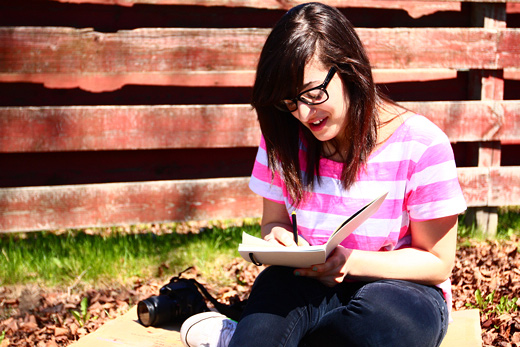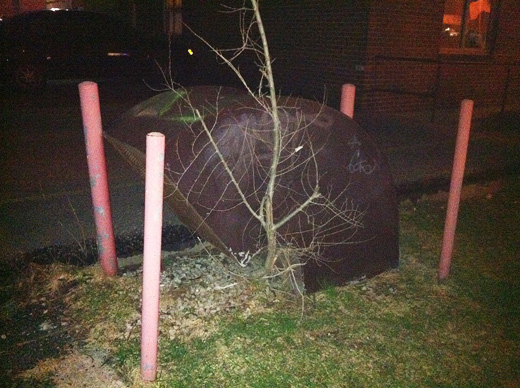
Today, a very brief summary of some things that I’ve been thinking about and noted over the last few weeks…
Above, a portal. Perhaps a cross-border portal. An under-used, long forgotten relic of a portal prototype. Cordoned off, waiting for a new route. Partington and Wyandotte on our side, where’s the related neighbourhood in Detroit? Maybe the portals we’ve been thinking about are more readily located than we’ve realized, or maybe this is all about something closer to what Rosina pointed out last week. I’m certain that it’s worth re-appropriating all kinds of infrastructures for our own imaginary impossibilities.
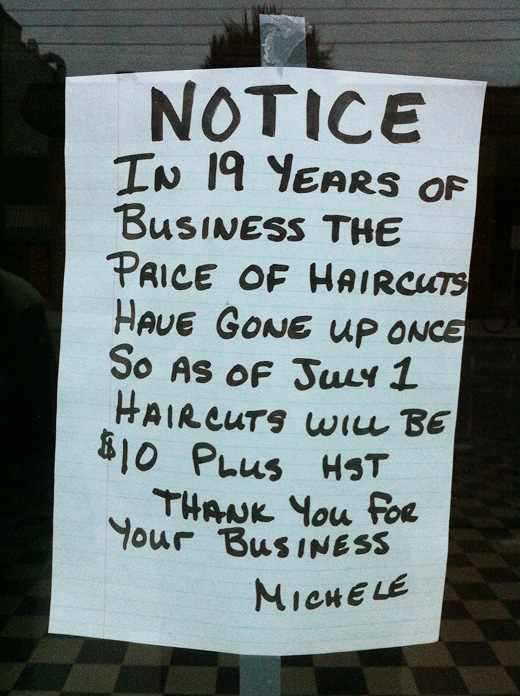
Down the street, a message from an anchor in the neighbourhood. Somehow this made me feel like things are going to be okay in this end of town — maybe that this hair salon sits steadily against the constant tide of rental units, impermanence — or maybe business is just really bad, but maybe, just maybe, this hand-written notice to passersby suggests that 19 years went by with some things really able to stay the same.
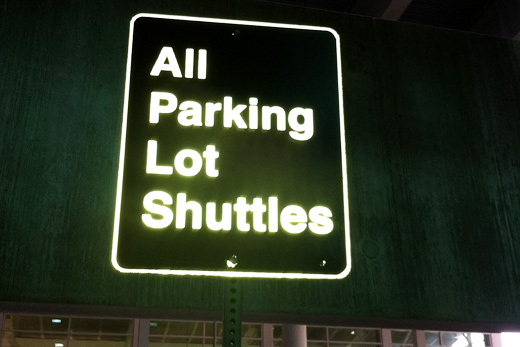
And across the river, a simple sign, retroreflective glory, the layout, the strangeness of nearly all type of informative signage, somehow these messages always make me ask more questions — that is, curiosity about the space between what this sign can tell me and the uncertainty of the missing information and details about just how to get back to where I started, a parking lot I can’t geographically place in my mind days after leaving my car and after hours of travel. Signs everywhere communicate with a strange grammar, commands and directions, and I’m continually interested in why I often have to reread signs so many times to try to ascertain exactly what they’re trying to get me to do.
Perhaps a summary was too generous. This is more just a collection, an attempt to annotate these photos before they’re long buried in a photo library and an attempt to try to think through some projects on the go and in the works.
